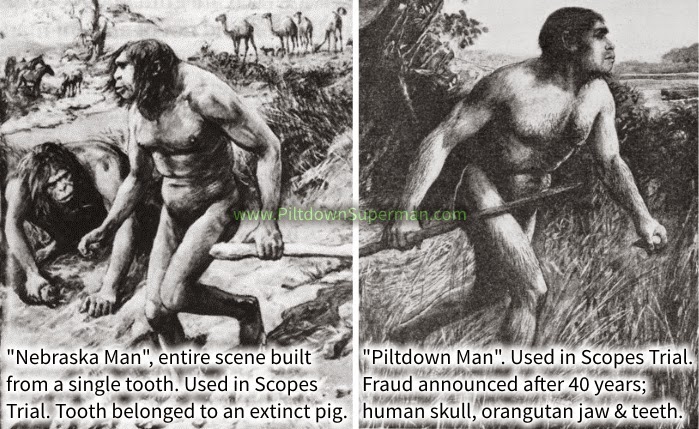Evolutionary Assumptions Hinder Dolphin Electroreception Studies

Evolutionists have a fundamentally flawed worldview, and it frequently hinders real science. Like so-called "vestigial organs" and "junk DNA" , if something is not understood, it is assumed to be a leftover from distant evolutionary past. Dolphins have been studied for many years, and their ability to use sonar has been known. So, what about electroreception? Like some other animals, the Guiana dolphin can detect electrical impulses. It's those pits on the beaks that make it happen. Evolutionary scientists did not bother to research this area because of their assumptions; if they had assumed it had been created for a purpose, hey let's find out what it is, this interesting discovery may have been reached long ago. Of course, since the discovery has been made, they use the nonsensical circular reasoning of "convergent evolution". That is, they "know" that evolution is true, but have no means of showing how dolphins evolved this abi





